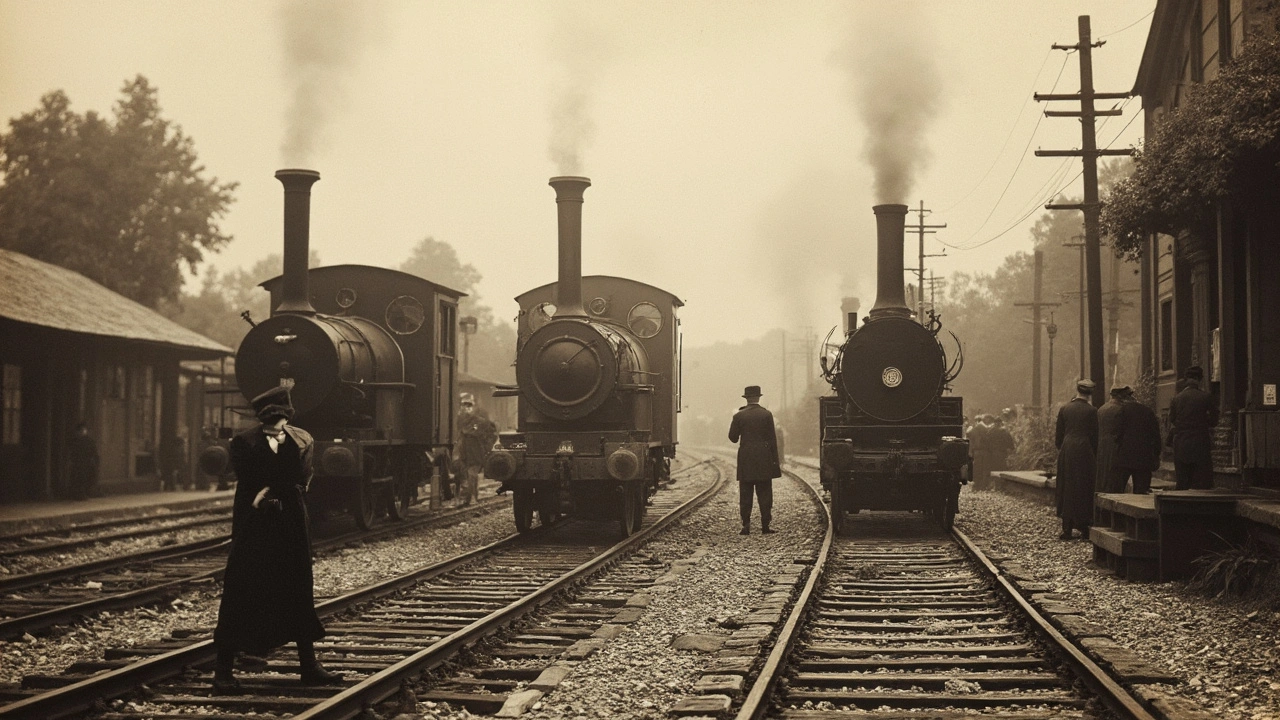Understanding Rail Gauge and Ladder Track Systems
If you’ve ever wondered why railroads have different track widths, it boils down to what's called the "rail gauge." Simply put, rail gauge is the distance between the inner sides of the two rails on a track. This measurement matters because it affects everything from train stability to speed and the kind of cargo or passengers the railway can handle. Different countries or regions often favor different gauges based on history, terrain, and practical needs.
One interesting rail system related to this topic is ladder track. Unlike traditional railway tracks laid directly on sleepers or ties, ladder track uses a unique design of longitudinal supports connected by transverse beams, forming a 'ladder' beneath the rails. This structure can reduce stress on the track bed and improve stability, making trains run smoother and quieter.
Why Ladder Track Is Gaining Ground Again
Ladder track isn’t exactly a new idea. It goes way back to 19th-century British railways, but it’s making a comeback thanks to modern twists on the design. New versions, like Tubular Modular Track, are popping up in places with tough environments—think wet areas or deserts—because they handle extreme conditions better than traditional setups. These systems are more durable and slash maintenance needs, which means less downtime and lower costs.
The use of ladder track also shines in urban projects like South Africa’s Gautrain, where urban rail needs to be reliable and quick to maintain. The innovation lies in how these tracks distribute the load and resist vibrations, making for a smoother ride and longer-lasting infrastructure. It’s a clever way to modernize the backbone of rail transport without reinventing the wheel.
How Rail Gauge Choices Impact Train Travel
Picking the right rail gauge isn't just a technical decision; it shapes how railways connect regions and move people or goods. Narrow gauges work better in mountainous or confined areas, enabling tight curves and cheaper construction. On the flip side, broader gauges offer better stability and support bigger, faster trains but need more space and investment.
Countries sometimes face challenges when different rail gauges meet, causing compatibility issues and delays as cargo or passengers switch trains. That's why standardization efforts exist, though historical and geographical factors can make this complicated. Understanding rail gauge and track design like ladder track helps you see why railways are built the way they are—and why rail innovation keeps pushing forward.
Ladder track is a railway track design that uses longitudinal supports connected by transverse beams to keep the rails correctly spaced. Originating in early British railways, it was largely replaced by sleeper tracks by 1860 due to certain limitations. Today, ladder tracks are experiencing a revival thanks to modern advancements that increase stability, lower noise, and reduce maintenance, particularly in specialized areas like mining and urban transit systems.


 Sports
Sports